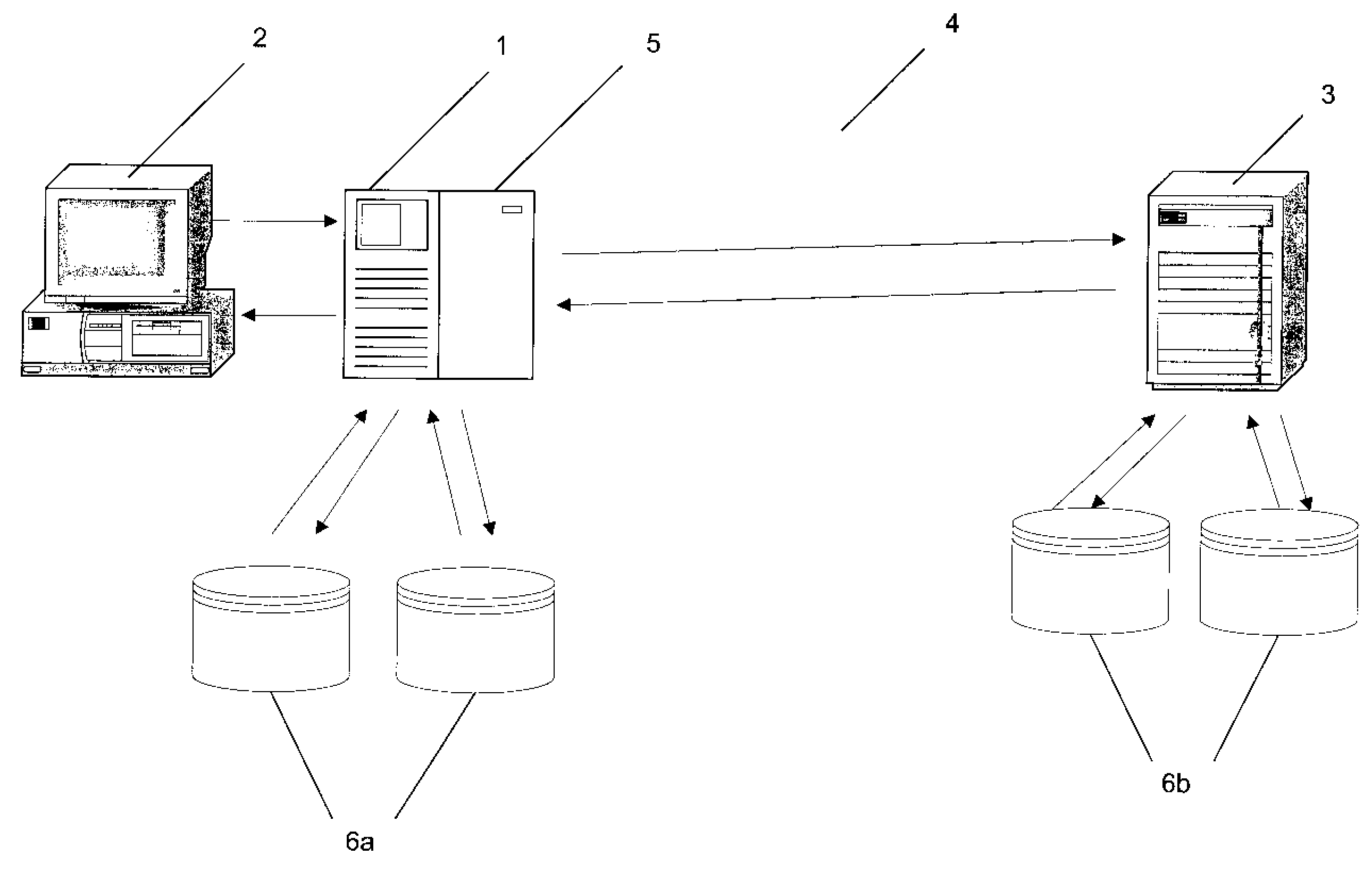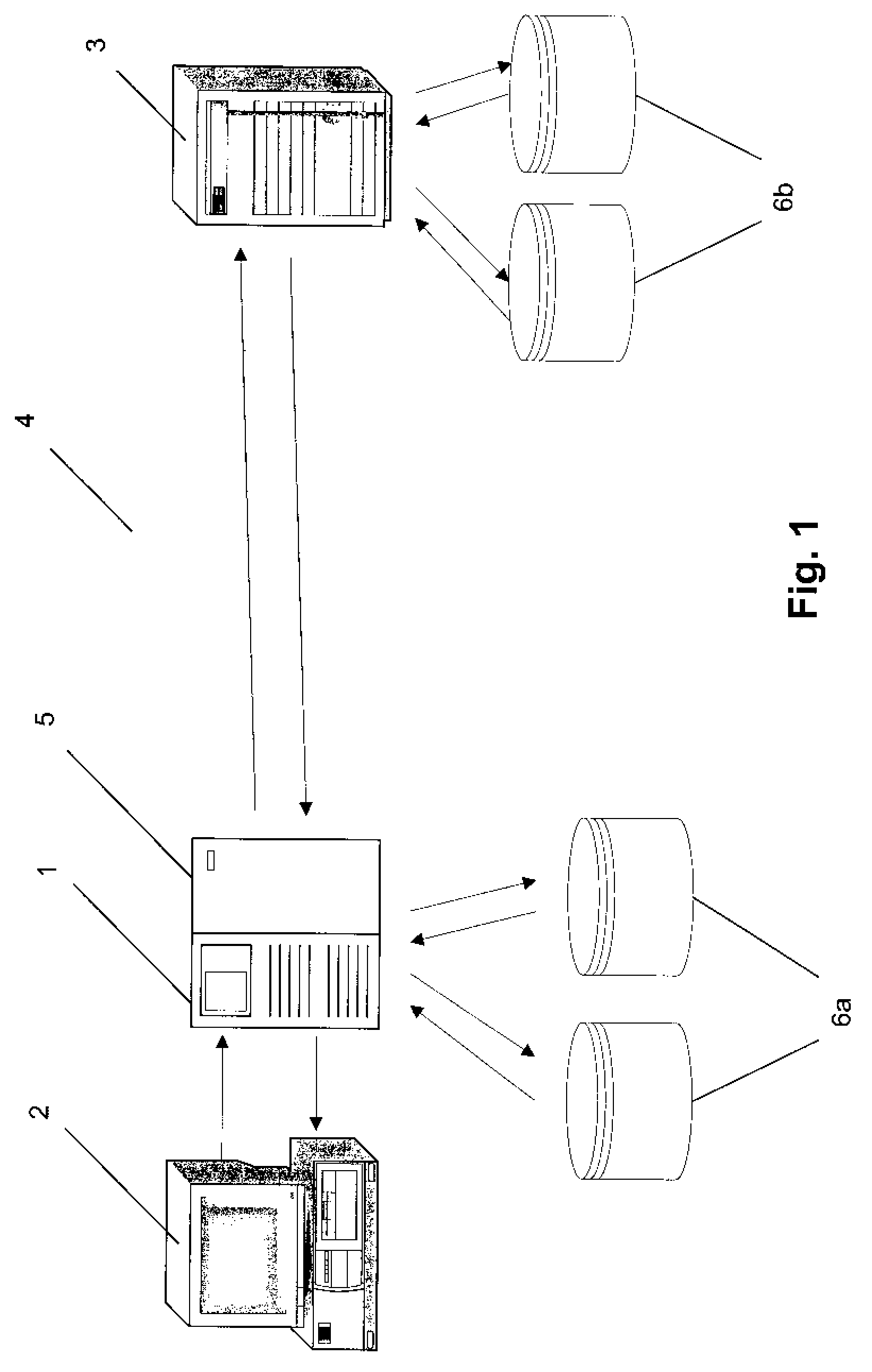Apparatus and method for managing internet resource requests
a technology of internet resource request and applicability, applied in the field of applicability and method for managing internet resource request, can solve the problems of limited server authentication, inability of cdsp's to augment this with edge-based server selection, and inability of dns in its native form to identify a “good” or “best” server, etc., to facilitate the provision of requested resources
- Summary
- Abstract
- Description
- Claims
- Application Information
AI Technical Summary
Benefits of technology
Problems solved by technology
Method used
Image
Examples
Embodiment Construction
[0023]With reference to FIG. 1, a distributed Internet management system comprises a Generic Local Lookup Service (GLLS) in communication with a set of clients 2 and a set of Generic Domain Lookup Services (GDLS's) 3 across the internet or a WAN 4. Conversely, each GDLS may be in communication with a set of GLLS's.
[0024]The preferred embodiment involves two principle entities: the Generic Local Lookup Service (GLLS) 1 and the Generic Domain Lookup System (GDLS) 3. Typically, a GLLS would be owned by a Network Service Provider and reside at the network edge A a GDLS would be owned by a Content Service Provider and reside at a centralised location, such as an Internet Data Center. A commercial relationship between these two owners is envisaged, but is not essential to operation.
[0025]A Client request reaches the GLLS 1 by way of an agreed protocol. This could be DNS, CORBA, LDAP, etc. The request is adapted in to a generic form by the GLLS 1. Additional information such as speed or cl...
PUM
 Login to View More
Login to View More Abstract
Description
Claims
Application Information
 Login to View More
Login to View More - R&D
- Intellectual Property
- Life Sciences
- Materials
- Tech Scout
- Unparalleled Data Quality
- Higher Quality Content
- 60% Fewer Hallucinations
Browse by: Latest US Patents, China's latest patents, Technical Efficacy Thesaurus, Application Domain, Technology Topic, Popular Technical Reports.
© 2025 PatSnap. All rights reserved.Legal|Privacy policy|Modern Slavery Act Transparency Statement|Sitemap|About US| Contact US: help@patsnap.com


